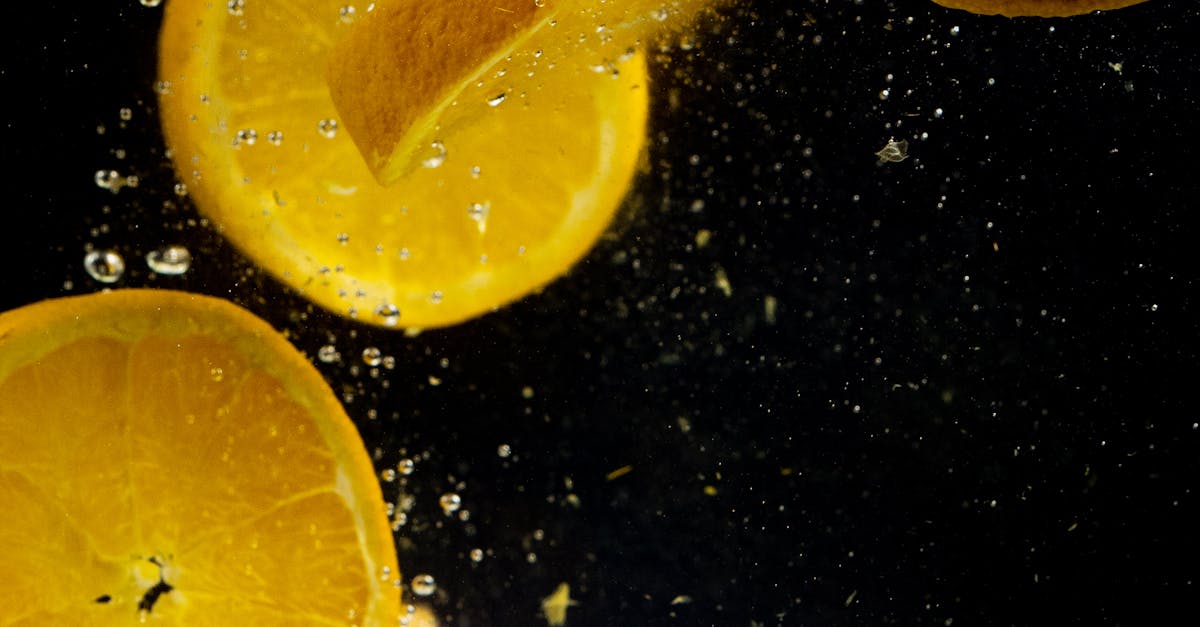
How are kiwis produced?
kiwis are primarily grown on farms in New Zealand and Chile. New Zealand is the world’s top producer, and Chile farms are rapidly developing. The two countries together can supply more than 90% of the world’s kiwis. Kiwifruit is a warm-season crop.
In northern California and southern Australia, it can be grown year-round. Kiwis are best grown in a dry, sunny location. They do best with an annual rainfall of at least 6 inches. Cooler climates can be favorable for certain varieties. The fruits are usually harvested once they reach a length of about 5-10cm.
Kiwifruit growers use both male and female flowers, which allows them to produce fruits with no cross-pollination. The flowers are pollinated by insects, usually bees. The plant can produce up to 30,000 seeds, so growers have to thin the crop to increase the yield.
How are kiwis made?
The fruit of the vine is called a berry. kiwis grow on vines. Kiwis are actually part of the nightshade family. The nectar of the plant is an important food source for the developing kiwis. The male and female flowers grow on the vines.
Eventually the petals fall off and the developing fruits grow. The fruit grows in a curved shape with two long, thin, pointed ends and two flat surfaces. The skin of the berry is thick, glossy, Kiwis are mainly grown in the warm, sunny regions of South Africa, California’s Central Valley and Chile.
The fruits are usually hand-picked and individually placed on a conveyor belt to be sorted. Once the fruits are picked, they are cleaned, disinfected and packed. Then, they are sent to shipping facilities. Kiwis are made from the sweet, fleshy, edible portion of the fruit known as the kernel.
To make the puree, the kernels are blended with sugar and a little bit of water. The puree is then cooled, frozen and freeze-dried. The result is a thick, silky puree made from the actual fruit. Kiwis are slightly sweet and have a buttery, slightly tart flavor.
How are kiwis sowed?
Pods are sown in the cool season in a greenhouse or in a field. Both methods are similar in terms of the plant’s needs and the quality of the soil. They can, however, have different effects on the flavour of the kiwis. Cool season varieties are best eaten at this time of the year as they have a lower acidity.
Most kiwis are sown from late autumn to early spring. During this period, the plants go through a period of dormancy called ‘burrowing’. This is when the plant buries its roots and shoots under the soil. The soil must be moist when the plants emerge.
If the ground is too dry, the plants will not be able to form their roots properly. Seedlings are sown in a greenhouse during the cool season. This is done so they can grow and develop in a controlled environment. In the warm season, the seeds germinate slowly and are more susceptible to pests and diseases.
How to grow kiwi plants?
Kiwifruit plants are propagated from a hard, edible portion of the fruit called a ‘soma’. The plant can also be propagated using branches called ‘stalks’ that grow from a single underground tuber. Both types of plants produce large, fast-growing vines, which can be planted in the ground or grown on a trellis system.
You can also grow them in a pot. Kiwis are best grown as a bush or a climbing vine. They can be grown from seed or take cuttings from a parent plant. They can be grown in pots indoors or outdoors. They prefer full sun and well-drained soil.
To grow a good crop of kiwifruit, you will need to plant the right type of plant and prepare the soil properly. Planting the right varieties is important too. There are many varieties of this amazing fruit, and each has its own characteristics. Kiwifruit plants can be grown in pots or in the ground.
They grow best in full sun, and to make sure they get enough water, you should water them regularly.
How are kiwis pollinated?
Kiwis are pollinated by bees. Using a brush, the male bees gather the pollen from the male flowers and transfer it to the female flowers on the same plant. This fertilizes the egg and develops a delicious and nutritious seed. In New Zealand, 90% of all commercial kiwifruit varieties are self-pollinating, which means that they don’t need insects to reproduce.
Male and female flowers grow on separate trees and can pollinate each other, usually without human intervention. In addition to bees, the wind and bats can also play a role in dispersing the pollen.
In spring, the male flowers release their pollen into the air with a buzzing sound, and the wind carries it to the female flowers. This is known as ‘buzz pollination’. The pollen-hungry female flowers produce the sweet and delicious fruits we all know and love.






